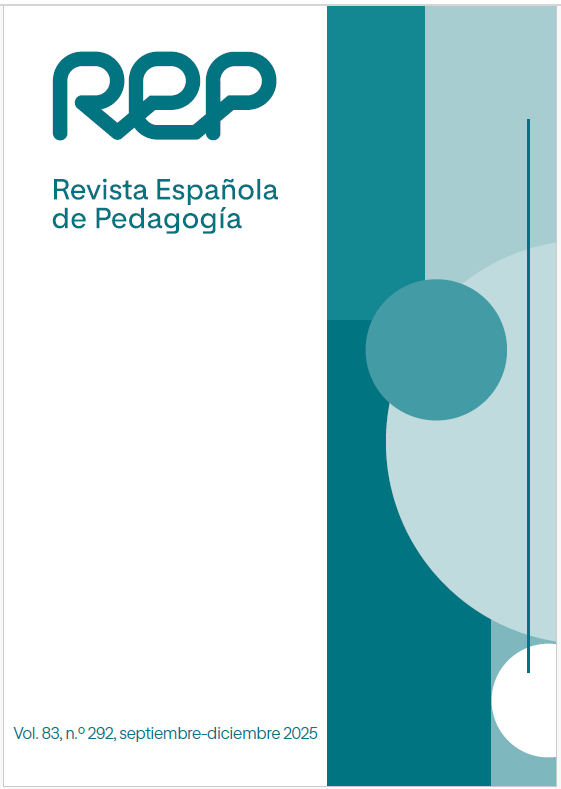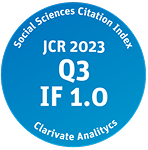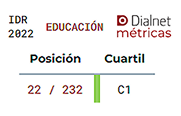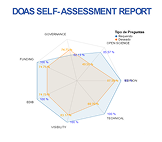Un enfoque sistémico para la integración de tecnología
El marco SETI
DOI:
https://doi.org/10.9781/rep.2025.412Palabras clave:
SETI, integración socioecológica de la tecnología, socioecológico, integración de tecnología, educación, marcos, TPACK, SAMRResumen
El marco de Integración Socioecológica de la Tecnología (SETI, por sus siglas en inglés) ofrece una perspectiva sistémica de la integración eficaz de la tecnología en educación. A diferencia de otros modelos anteriores que se centran en la práctica docente —como TPACK y SAMR—, el marco SETI sitúa al educador en un conjunto complejo de sistemas socioecológicos, incluido el microsistema de los entornos escolares, el exosistema de las estructuras de apoyo a nivel de distrito y el macrosistema de las políticas nacionales y las normas culturales. Este artículo parte de conceptualizaciones previas de SETI y desarrolla el marco para mostrar cómo pueden utilizarlo tanto los educadores como los responsables educativos, además de presentar una serie de recursos prácticos de reciente desarrollo que respaldan la implementación. Estos recursos incluyen herramientas de reflexión, listas de control de la integración y guías de planificación estratégica que ayudan a los educadores y los responsables educativos a examinar los múltiples factores interdependientes necesarios para la integración exitosa de la tecnología. El marco SETI contribuye a la literatura sobre tecnología educativa al reposicionar la integración eficaz como una responsabilidad sistémica, en lugar de una tarea individual. De este modo, permite a educadores y responsables identificar posibles obstáculos, coordinar respuestas estratégicas y promover un uso sostenible y equitativo de la tecnología en sintonía con los contextos institucionales y políticos.
Descargas
Citas
Bakir, N. (2016). Technology and teacher education: A brief glimpse of the research and practice that have shaped the field. TechTrends, 60(1), 21-29. https://doi.org/10.1007/s11528-015-0013-4
Bronfenbrenner, U. (1979). The Ecology of Human Development: Experiments by Nature and Design, Harvard University Press, Cambridge, MA.
Casany, M. J. et al. (2012). Moodbile: A framework to integrate m‑learning applications with the LMS. Journal of Research and Practice in Information Technology, 44(2), 129–149.
Chen, B., Gallagher-Mackay, K., y Kidder, A. (2014). Digital learning in Ontario schools: The “new normal”. People for Education. Retrieved from https://www.researchgate.net/publication/261537481_Digital_learning_in_Ontario_schools_The_'new_normal'
Crompton, H. (2017). Moving toward a mobile learning landscape: Presenting a mlearning integration framework. Interactive Technology and Smart Education, 18(2) 97-109. https://doi.org/10.1108/itse-02-2017-0018
Crompton, H., y Burke, D. (2024). The educational affordances and challenges of ChatGPT: State of the field. TechTrends 68, 380-392 https://doi.org/10.1007/s11528-024-00939-0
Crompton, H., Chigona, A., y Burke, D. (2023). Teacher resilience during COVID-19: Comparing teachers’ shift to online learning in South Africa and the United States. TechTrends https://doi.org/10.1007/s11528-022-00826-6
Dinçer, S. (2018). Are preservice teachers really literate enough to integrate technology in their classroom practice? Determining the technology literacy level of preservice teachers. Education and Information Technologies, 23(6), 2699–2718. https://doi.org/10.1007/s10639-018-9737-z
Gorlacheva, E., et al. (2019). Impact of Socio-Cultural Factors onto the National Technology Development. In: Alexandrov, D., Boukhanovsky, A., Chugunov, A., Kabanov, Y., Koltsova, O., Musabirov, I. (eds) Digital Transformation and Global Society. DTGS 2019. Communications in Computer and Information Science, vol 1038. Springer, Cham. https://doi.org/10.1007/978-3-030-37858-5_26
Ibáñez, M. B. et al. (2020). Impact of augmented reality technology on academic achievement and motivation of students from public and private Mexican schools. A case study in a middle-school geometry course. Computers & Education, 145, 103734. https://doi.org/10.1016/j.compedu.2019.103734
International Society for Technology in Education (ISTE). (2016). National Educational Technology Standards, International Society for Technology in Education, Eugene, OR.
Ivone, F., M., Jacobs, G. M., y Renandya, W. A. (2020). Far apart, yet close together: Cooperative learning in online education. Studies in English Language and Education 7(2), 271-289. http://dx.doi.org/10.24815/siele.v7i2.17285
Koole, M. L. (2009). A model for framing mobile learning. In M. Ally (Ed.), Mobile learning: Transforming the delivery of education and training, 25–50. AU Press.
Kurt, A., et al. (2013). FATİH projesinin pilot uygulama sürecinin değerlendirilmesi: Öğretmen görüşleri [Evaluation of the FATİH project pilot implementation process: Teacher views]. Journal of Instructional Technologies & Teacher Education, 2(1), 1-23.
Mishra, P. y Koehler, M.J. (2006). Technological Pedagogical Content Knowledge: A Framework for Teacher Knowledge, Teachers College Record, 108 (6), 1017-1054.
Park, Y. (2011). A pedagogical framework for mobile learning: Categorizing educational applications of mobile technologies into four types. International Review of Research in Open and Distributed Learning, 12(2), 78-102.
Puentedura, R. R. (2009). As we may teach: Educational technology, from theory into practice. Retrieved from http://www.hippasus.com/rrpweblog/archives/000025.html
Raymond, K. M., Ethridge, E. A., y Fields, K. (2024). What it Takes to Be an Advocate: Teachers’ Perceptions of Their Strengths and Challenges. Action in Teacher Education, 47(1), 46-62. https://doi.org/10.1080/01626620.2024.2383744
Saltan, F., y Arslan, Ö. E. (2016). The use of augmented reality in formal education: A scoping review. EURASIA Journal of Mathematics, Science and Technology Education, 13(2), 503–520. https://doi.org/10.12973/eurasia.2017.00628a
Shulman, L. S. (1986). Those who understand: Knowledge growth in teaching. Educational Researcher, 15(2), 4-14.
Tondeur, J., et al. (2012). Preparing preservice teachers to integrate technology in education: A synthesis of qualitative evidence. Computers & Education, 59(1), 134-144. https://doi.org/10.1016/j.compedu.2011.10.009
Uden, L. (2007). Activity theory for designing mobile learning. International Journal of Mobile Learning and Organization, 1(1), 81-102.
Xiao, J., Bozkurt. A., et al. (2025). Venturing into the unknown: Critical insights into grey areas and pioneering future directions in educational generative AI research. TechTrends 69(3), 582-597 (2025). https://doi.org/10.1007/s11528-025-01060-6
Yilmaz, M. R. (2018). Augmented reality trends in education between 2016 and 2017 years. In State of the art virtual reality and augmented reality know how. IntechOpen. https://doi.org/10.5772/intechopen.74943
Yu, A. (2009). Mobility at MIT. [Unpublished report]. Retrieved from file:///C:/Users/hcrompto/Downloads/Mobility-at-MIT2009-11.pdf
Zurita, G., y Nussbaum, M. (2007). A conceptual framework based on activity theory for mobile CSCL. British Journal of Educational Technology, 38(2), 211-235. https://doi.org/10.1111/j.1467-8535.2006.00607.x
Descargas
Publicado
-
Resumen906
-
PDF (English)306
-
PDF260
Cómo citar
Número
Sección
Licencia
Derechos de autor 2025 Helen Crompton

Esta obra está bajo una licencia internacional Creative Commons Atribución-NoComercial 4.0.

